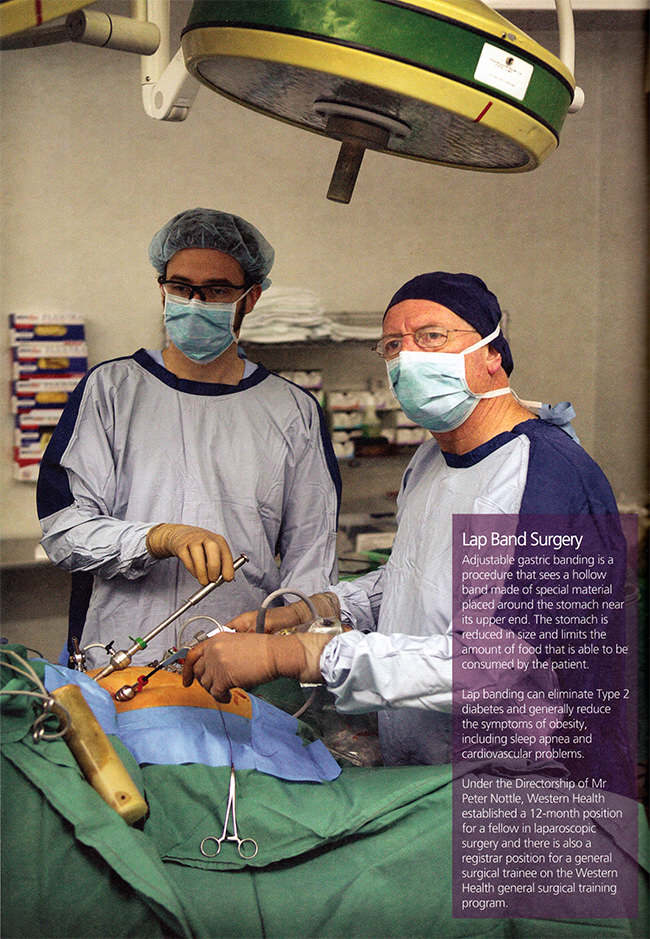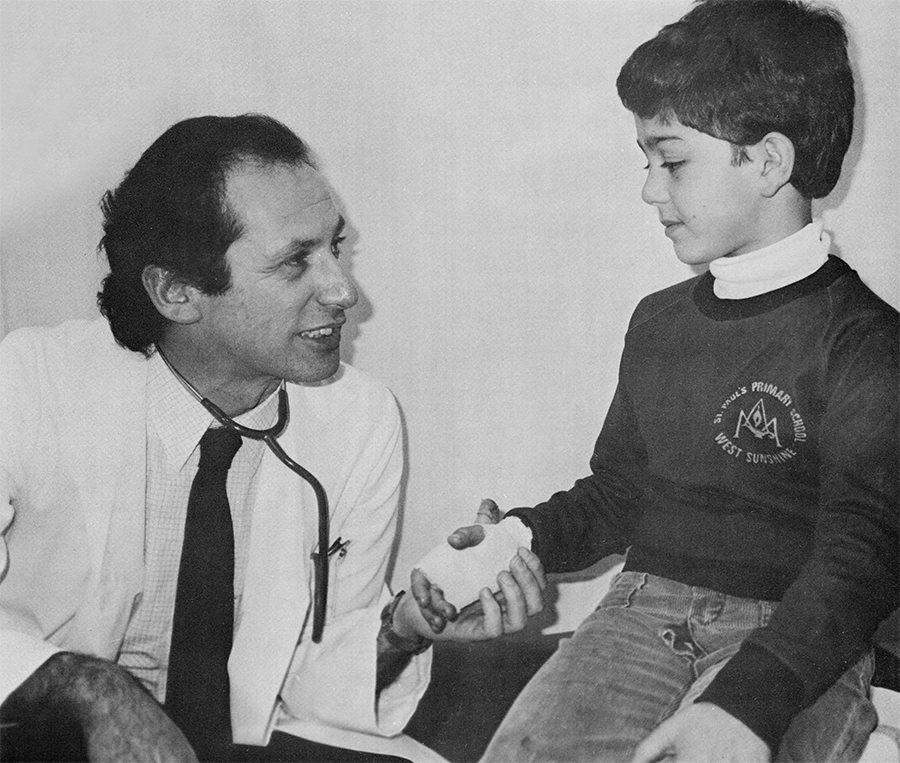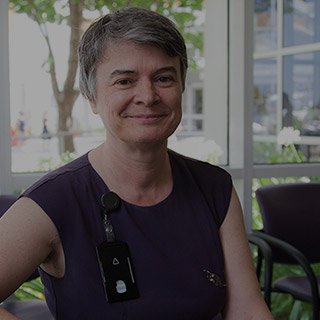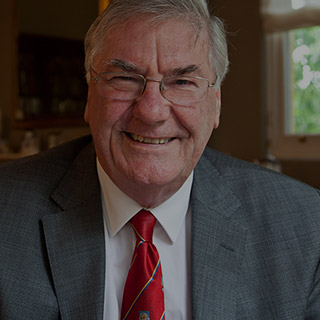The trend towards specialisation in surgery and the establishment of specialist surgical units gathered pace in the 1980s, fuelled by advances in surgical techniques, medical technology and a growing patient population.
In 1986 the surgery division’s general surgery units restructured. A specialist vascular surgery unit was set up and the number of general surgical units was reduced from five to three, with three general surgeons in each unit.
Two years later, under the Cain government’s overhaul of health services in the western suburbs, surgeons gained more opportunities to enhance their skills and specialist interests as the hospital expanded its medical teaching, nursing training, health research facilities and community health education and support programs.
Under Professor Thomas’s leadership of the Department of Surgery, three specialist units were created - breast endocrine, colorectal and upper gastrointestinal.



